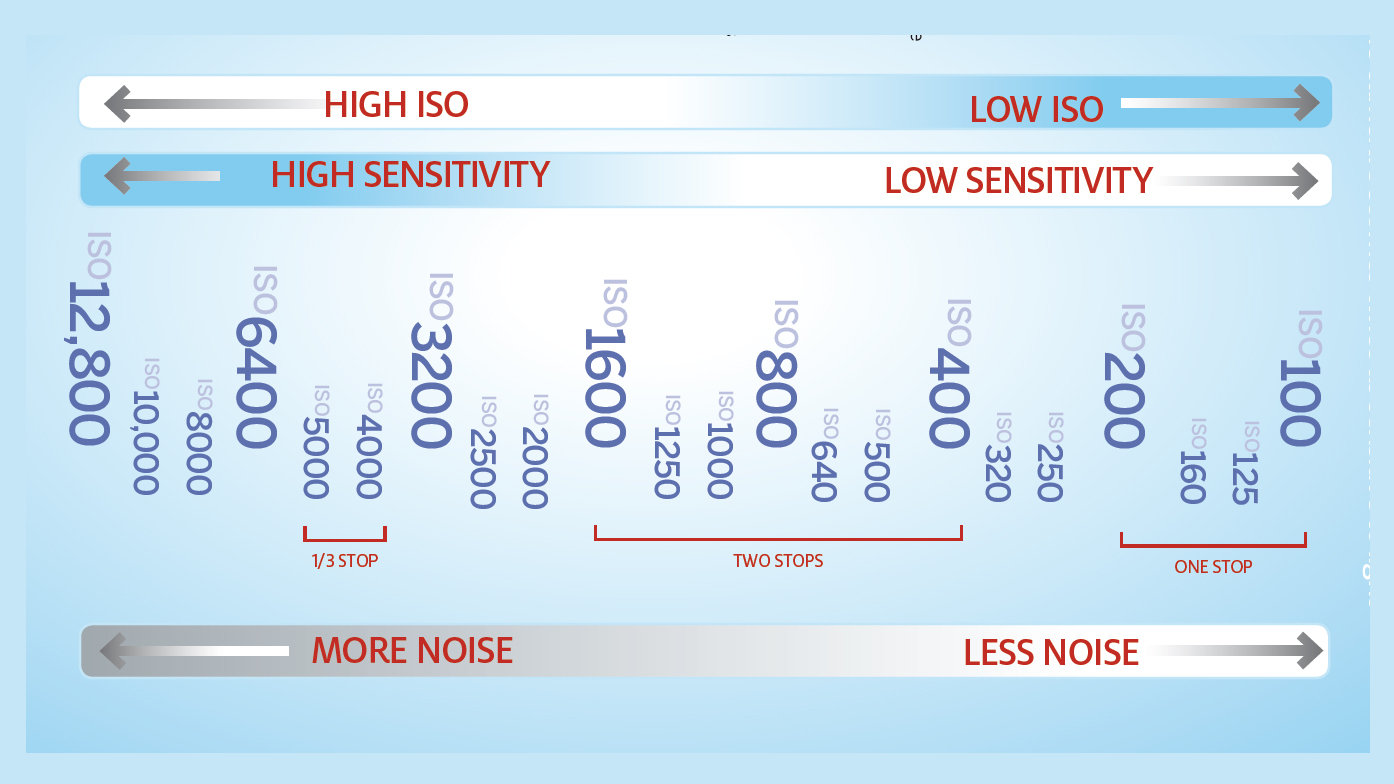
It's a simple question: what is ISO in photography? Well, the answer isn't as simple as the question.
It involves a bit of backtracking, and asking what is ISO in photography when it comes to the pre-digital age. Back in those days, film came in a variety of different speeds. The ‘faster’ the film (the higher the ISO), the more sensitive it was to light – enabling you to use faster shutter speeds than with ‘slower’ film. Using these higher-sensitivity film emulsions was useful for moving subjects – and particularly so in low light.
This means that ISO is one part of the exposure triangle, along with aperture and shutter speed, but how is it measured? When film was invented, the speed was measured using a number of different scales – with two of the best known, the American ASA and German DIN scales, eventually being brought together to give us the standardized ISO system. Today you can still buy film for 35mm cameras, so it's helpful to have a standard measurement.
• See the Digital Camera World A-Z Dictionary of photography jargon
The best digital cameras, of course, do not use film – but the same ISO scale is now used to measure the camera’s sensitivity to light. Although the camera’s imaging chip cannot be changed to suit the subject (unlike film), its sensitivity can effectively be boosted by the camera’s circuitry. This is done with the ISO control.
Think of ISO as being like the volume control on your radio. If the signal is weak, you crank it up to compensate. The signal from the sensor is simply amplified – and this helps you get the fast enough shutter speed you want in low light.
The advantage of digital over film is that the ISO can be altered for each individual shot. This makes ISO a powerful tool for the photographer, helping you to get sharp shots in a variety of lighting conditions. Some of the best low-light cameras are particularly good at handling high ISOs.
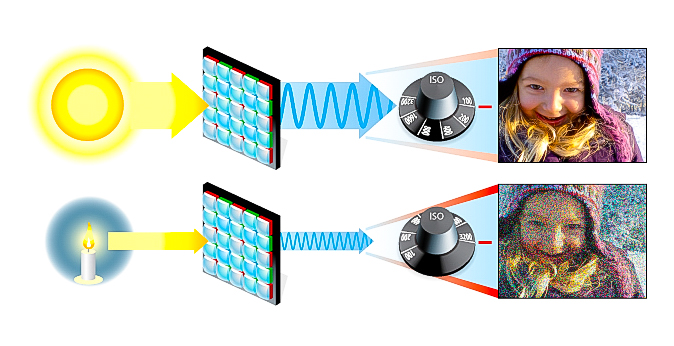
What does ISO stand for?
So, we've got an answer to "what is ISO in photography". But what does ISO stand for? ISO is the name of the International Organization of Standardization: a body that creates thousands of agreed standards for a huge range of products, procedures, and practices. For the photographer, ISO is simply a set of numbers.
The base sensitivity of most digital cameras is ISO100. But is typically increased by pressing the appropriate button, then rotating a dial – or by using a menu setting. On some cameras, you may even get a separate ISO control dial.
The scale is such that doubling the ISO number doubles the sensitivity of the sensor. So increasing the ISO setting from 100 to 200 means that, to get the same overall exposure, you can use a shutter speed that is half as long (or twice as fast).
Each doubling of the ISO also increases the sensitivity by a full exposure ‘stop’ – with the typical full-stop ISO scale progressing to 100, 200, 400, 800, 1600, and so on. The top ISO setting varies depending on the age and cost of your camera. Typical maximum settings range from ISO3200 to ISO819,200. Some of the best low-light cameras are particularly good at handling high ISOs
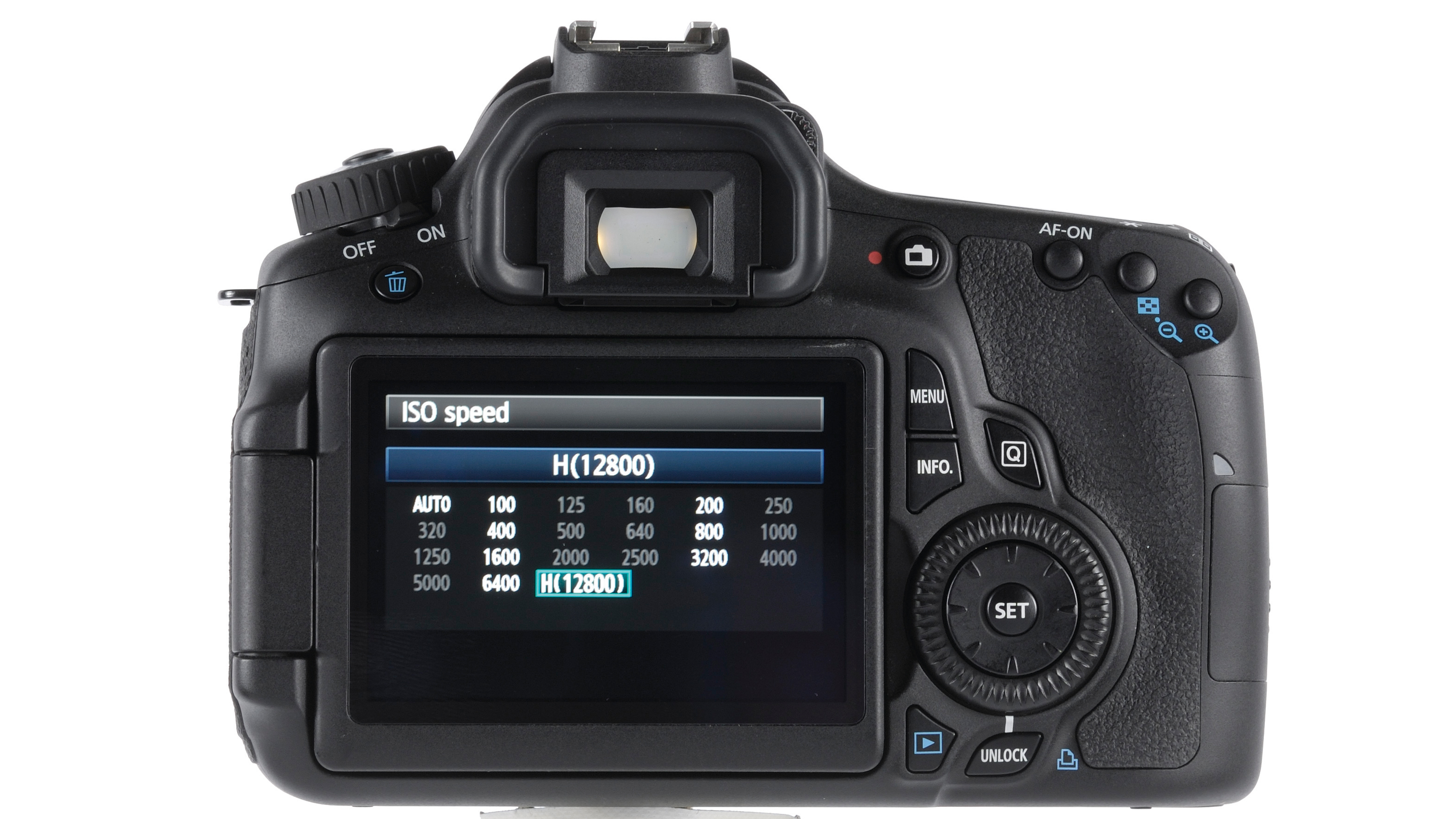
Bizarrely, the top ISO settings on some models are ‘hidden’ and must be enabled using a custom option called ‘ISO Expansion’ or similar. The reason for this is that each time you increase the ISO setting, you also get a small decrease in image quality.
Boosting the picture signal also amplifies impurities in the signal known as ‘noise’. This noise shows up as grain and color mottling in the image – and this gets progressively more noticeable the higher the ISO is set.
When to increase the camera's ISO
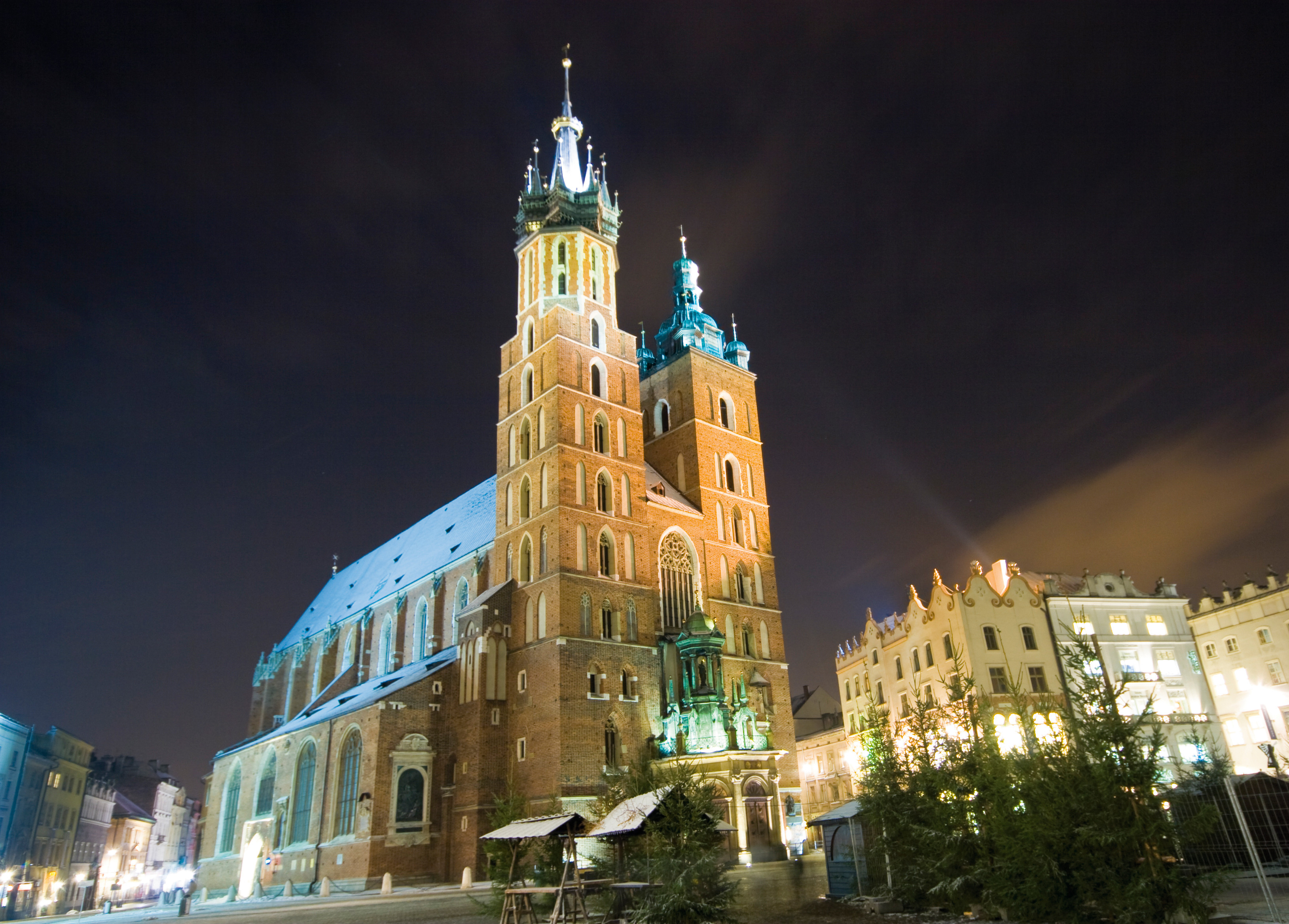
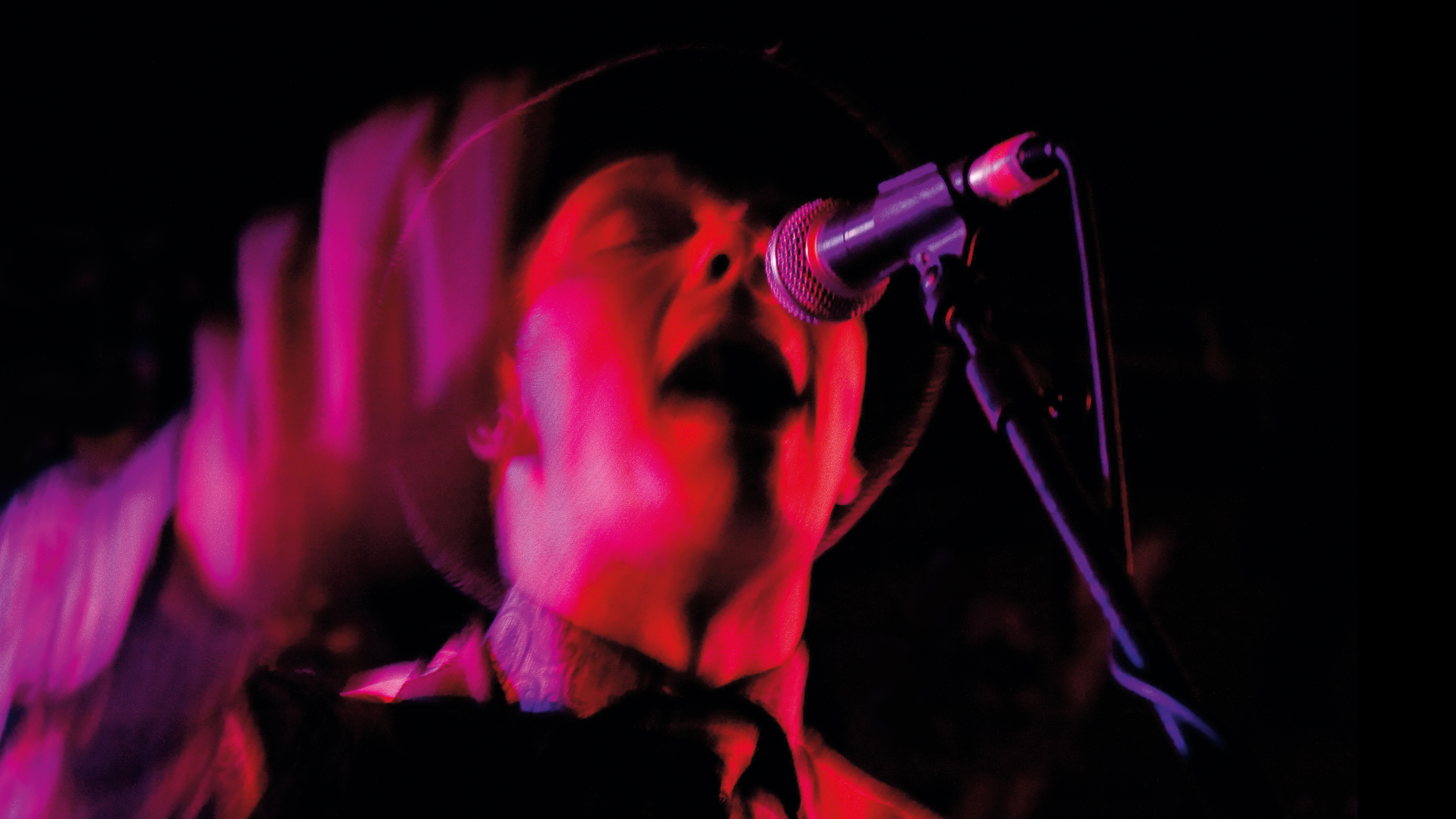
Some photographers try to resist increasing the ISO at all costs in search of getting the best, grain-free images. However, pumping up the ISO often actually increases image quality overall, as this simple change lets you use a faster shutter speed – thereby eliminating camera shake. A grainy picture is always better than a blurry one!
A higher ISO can also enable you to use a narrower aperture – increasing depth of field, and thus increasing the resolution of a lens – to give you sharper-looking pictures.
Although higher ISO settings are invaluable in low light, they are not essential for all low-light situations, in fact, if you can keep the camera steady, they are often best avoided. If you are using a solid tripod, the slowest ISO setting (ISO100) is usually the best option – as you can then use a longer shutter speed to make up for the lack of light. Similarly, if you are using flash, high-ISO settings are not needed (although increasing the ISO will increase the effective range of your flash).
What are the types of image noise?
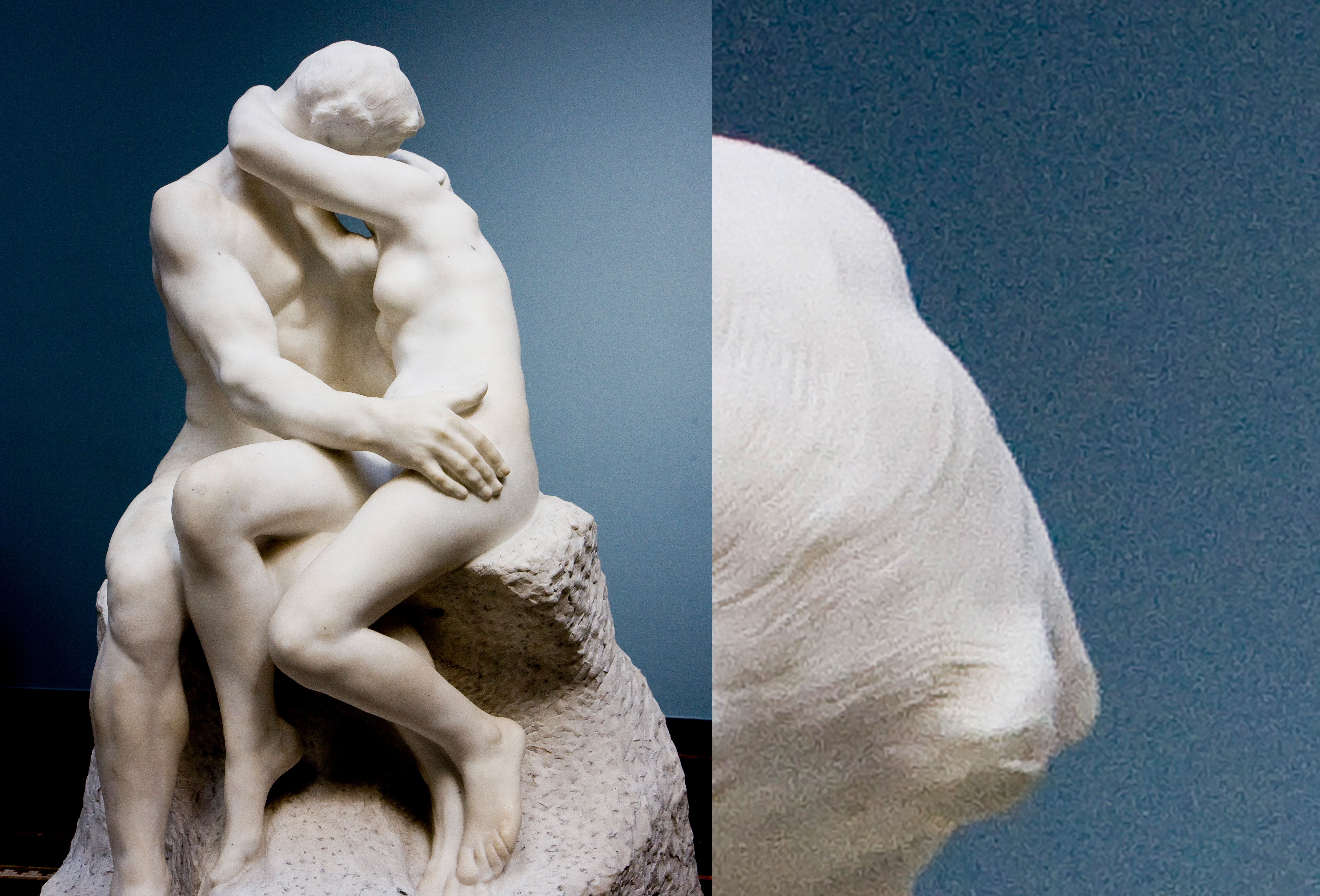
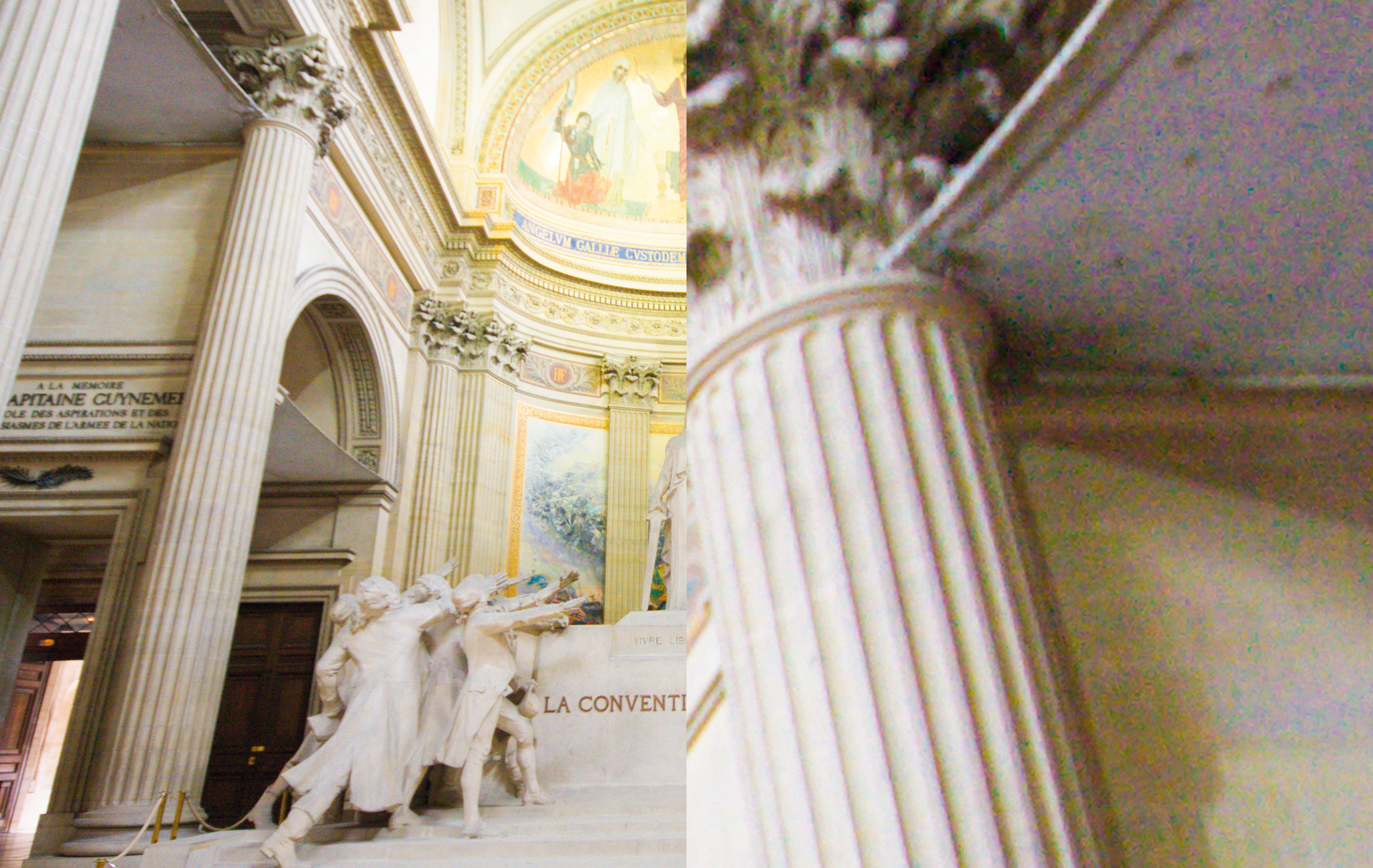
There are two different types of noise found in digital images. Luminance noise shows up as a speckled pattern, like specks of black sand, and is similar to the grain that was found when using high-ISO black-and-white films. Chromatic noise is colored and looks like the rainbow-like sheen when looking at a patch of oil (and is similar in appearance to the blotchy dye patterns that you saw when enlarging high-ISO color films).
It’s important to look at these two types of noise separately – as each can be reduced using different tools during the editing stage. These are often provided as separate noise-reduction sliders by a RAW converter (such as in Adobe Photoshop’s Camera Raw utility). Specialist software, such as DxO Dfine , is particularly useful for reducing noise without sacrificing detail.
So, what is ISO in photography? It's a whole lot of things – and all of them are important!
If you enjoyed this little photography lesson and want to learn more, discover how to understand f-stops and our cheat sheet on shutter speed stops. If you're a Canon user, find out why you should set a high ISO for better shots.







